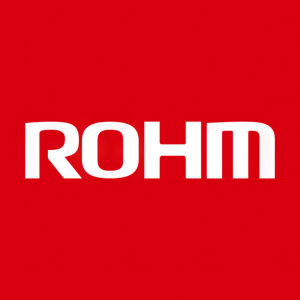Welcome to our dedicated page for Rohm Co news (Ticker: ROHCY), a resource for investors and traders seeking the latest updates and insights on Rohm Co stock.
ROHM Co Ltd (ROHCY) is a global leader in advanced semiconductor solutions, powering innovation across automotive, industrial, and consumer electronics sectors. This dedicated news hub provides investors and industry professionals with timely updates on the company's strategic developments and market position.
Access official press releases, financial announcements, and technology breakthroughs in one centralized location. Our curated feed covers earnings reports, product launches, R&D milestones, and strategic partnerships, offering critical insights for informed decision-making.
Key updates include developments in hybrid bonding technology, power device innovations, and sustainability initiatives. Bookmark this page to stay current with ROHM's advancements in semiconductor packaging and thermal management solutions that shape next-generation electronics.
Kulicke and Soffa Industries (NASDAQ: KLIC) and ROHM Semiconductor (TYO: 6963) have announced the development of a new CuFirst™ Hybrid Bonding Process leveraging K&S's Fluxless Thermo-Compression (FTC) technology. The new process, integrated with the APTURA™ FTC system, aims to address limitations of existing hybrid bonding solutions, such as yield challenges and high costs. The CuFirst process bonds the copper interconnect first, leading to higher yields and lower infrastructure costs. K&S expects its TCB business to grow by 40-50% in fiscal year 2025, driven by its leadership in FTC and growing demand in various markets.
On February 15, 2021, MaxPower Semiconductor announced the dismissal of ROHM Semiconductor USA's lawsuit regarding noninfringement of MaxPower's patents. The U.S. District Court ruled that ROHM USA must arbitrate under the Technology License Agreement with ROHM Japan. MaxPower's CEO expressed confidence in prevailing during arbitration, emphasizing their commitment to protect their technology and intellectual property. This court decision underscores the binding nature of the license agreement and paves the way for the resolution of the ongoing technology dispute.

